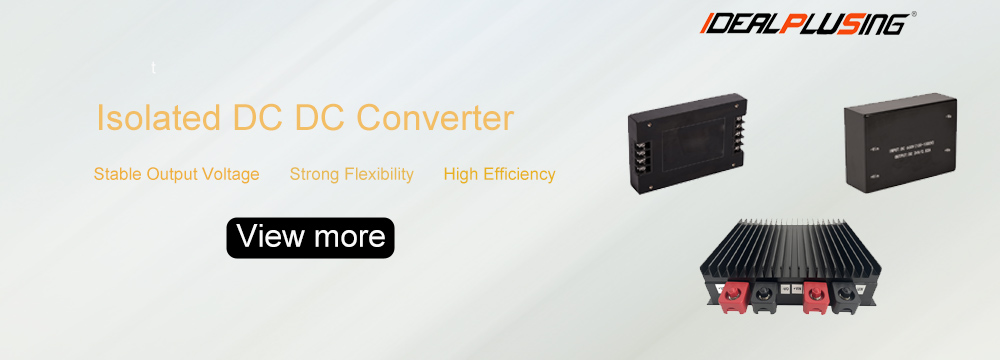Sometimes, for safety reasons or to ensure that complex systems work properly, we need to use an isolated DC-DC solution. Traditional isolation solutions use optocouplers and additional circuitry, or complex transformer designs, to form a feedback loop across the isolation barrier to regulate the output voltage. The various additional components make the design complex and bulky. Optocouplers degrade over time, reducing the reliability of the system. In addition, the form factor of end equipment is getting smaller and smaller, leaving little space for power supplies and increasing the challenge of thermal management.
System engineers must address all of these challenges when starting a new isolated DC-DC design. System engineers need a solution that is small, low cost, highly reliable, and easy to design. Now you can simplify the design and reduce the solution size with an optocoupler-free solution.
When are isolated DC-DC converters used?
Many power systems in various industries (such as factory automation, building automation, electric vehicles, automotive electronics, avionics, medical equipment, commercial equipment, etc.) use isolated DC-DC converters for three reasons:
Safety: Prevent inrush current from damaging equipment and protect personnel from harm from the main power supply. Figure 1 shows a power system where the primary power source is isolated from the secondary, where operators may come into contact with the secondary. Without proper safety isolation, when a lightning strike occurs, extremely high surge voltages may hit the operator and the ground through the equipment. The consequences are almost fatal. The isolation barrier here can guide the dangerous surge energy back to the main ground, preventing it from flowing to the operator.
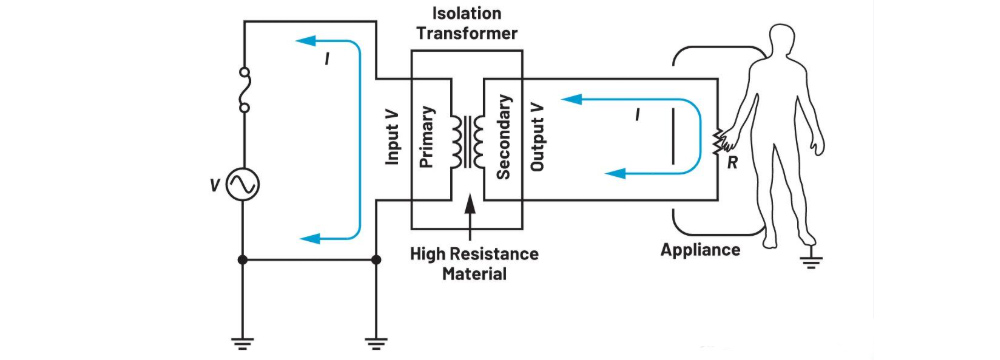
Figure 1. Security isolation
Avoiding ground loops: In large or complex systems, there can be differences in ground potential in different areas. Isolation is used here to avoid damaging ground loops and isolate digital noise from precision analog systems.
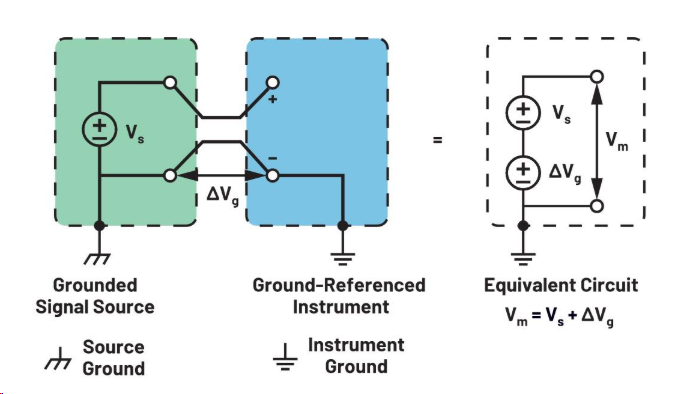
Figure 2. Avoiding ground loops through isolation
Level Shifting: Sometimes systems with a mix of many power rails use isolated DC-DC conversion to generate multiple isolated positive and/or negative output voltages.
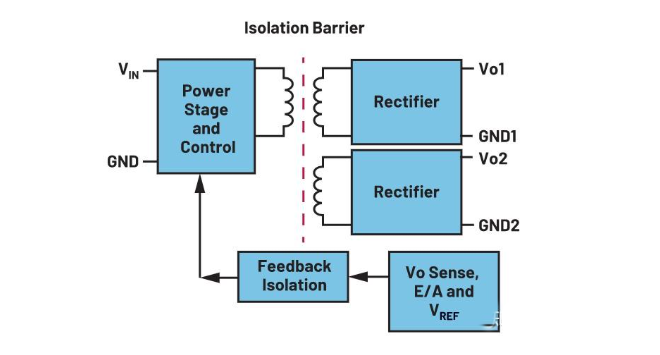
Figure 3. Level-shifting isolation
Isolated DC-DC Converter Basics
Figure 4 shows a traditional isolated DC-DC converter. This solution uses an optocoupler, an error amplifier, and a voltage reference to form a feedback loop across the isolation barrier. In this implementation, the output voltage is sensed by the error amplifier and then compared to the reference voltage. The information is transmitted through the optocoupler to the primary side on the other side of the isolation barrier, where the control circuit modulates the power stage to regulate the output voltage.
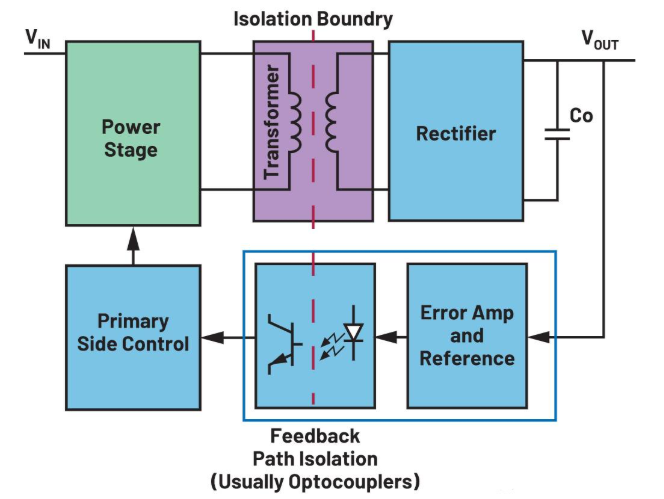
Figure 4. Traditional isolated DC-DC converter using an optocoupler and associated feedback circuitry
This solution has served its purpose well until now, but as devices have shrunk in size, it has become increasingly unavailable. The optocoupler, error amplifier, and reference circuits add 12 components, significantly increasing the overall design component count and taking up a lot of board space (Figure 5). Naturally, one would like to eliminate this circuitry.
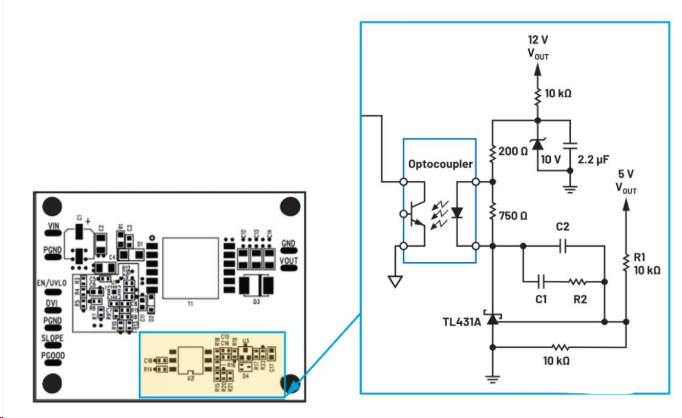
Figure 5. Traditional feedback circuit using an optocoupler, error amplifier, and voltage reference.
Optocouplers face another big problem: their performance varies with temperature and degrades over time, causing reliability issues in some applications. Figure 6 shows the current transfer ratio (CTR) of a typical optocoupler, which varies by 270% over the -60°C to +120°C temperature range. In addition to this, this CTR will degrade by 30% to 40% over time.
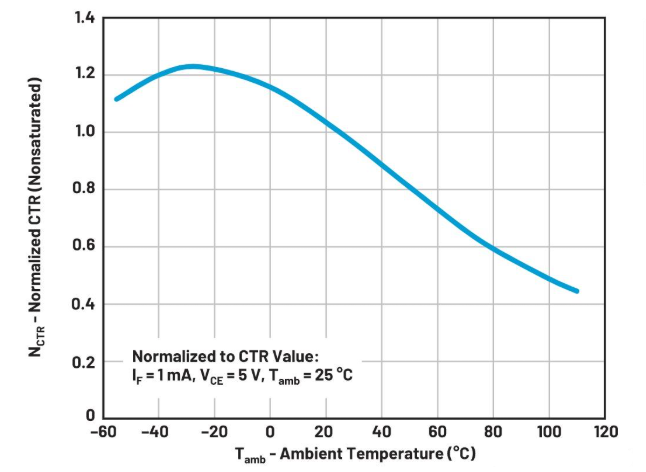
Figure 6. Optocoupler collector current vs. ambient temperature.
Eliminating the Optocoupler
Primary Control Topology: One way to eliminate the optocoupler is to use the primary control method. In this scheme, the third winding on the power isolation transformer is used to indirectly measure the output voltage during the "off" cycle. Figure 7 shows this circuit. The reflected voltage VW is proportional to the output voltage as follows:

Where VO is the output voltage, VF is the output rectifier diode voltage drop, Na is the number of turns of the tertiary winding, and NS is the number of turns of the secondary winding.
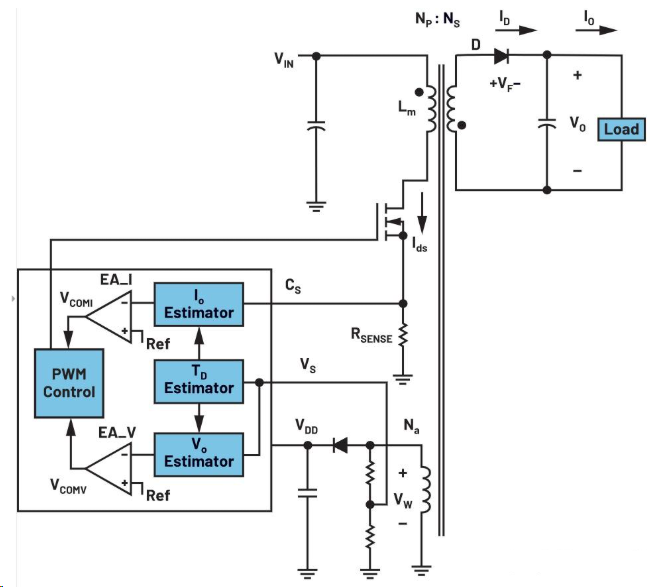
Figure 7. Primary side control using a tertiary winding.
While this approach effectively eliminates the need for an optocoupler, it creates a host of new problems:
(a) Adding a third winding complicates the transformer design and construction, adding more cost.
(b) The reflected voltage is related to the output rectifier diode voltage, VF. Furthermore, VF varies with load and temperature. This can cause errors in the sensed output voltage.
(c) Leakage inductance ringing on VW can further increase the error in the sensed output voltage reading.
This primary-side control approach provides poor output voltage regulation and is therefore not practical in many applications, forcing designers to use a post regulator, which adds more cost and increases the size of the overall solution.
No-opto flyback topology: A no-opto flyback DC-DC converter is a variation of the primary-side control approach. This approach avoids the above problem (a) by directly sensing the primary-side voltage, eliminating the need for a third winding in the power transformer. This improvement significantly reduces the complexity of transformer design and construction, and simplifies PCB layout. Figure 8 depicts this topology.

Figure 8. Flyback circuit without optocoupler.
The reflected voltage VP is proportional to the output voltage, and the formula is as follows:

Where VO is the output voltage, VF is the output rectifier diode voltage drop, NP is the number of primary turns, and NS is the number of secondary turns.
The optocoupler-free flyback topology is not new, but it still suffers from the other two problems (b) and (c) mentioned above. In this case, (c) corresponds not to VW, but to leakage inductance ringing on VP. For this optocoupler-free flyback circuit, poor output voltage regulation performance remains a serious technical challenge.
Fortunately, recent circuit design developments and proprietary technologies have effectively improved this bottleneck problem. Let's take a closer look!
Overcoming the problem of poor output voltage regulation
Figure 9 shows the MAX17690, which provides a no-optocoupler flyback isolated DC-DC converter solution with an output voltage regulation accuracy of ±5%.
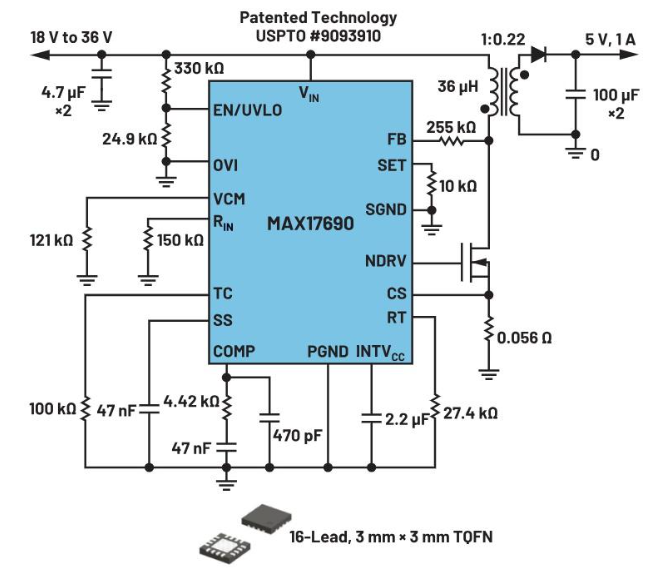
Figure 9. Optocoupler-free flyback circuit achieves new output voltage regulation benchmark.
To eliminate the reading error of the detected output voltage, the MAX17690 samples the reflected voltage when the secondary current ISEC is low. This technique slows down the change in the diode voltage drop caused by the output load. This IC also has the function of compensating the diode voltage and its change with temperature. In addition, advanced technology is used to filter out the leakage inductance ringing. In short, this IC brings a new output voltage regulation benchmark for the non-optocoupler flyback topology.
The variant MAX17691 shown in Figure 10 also integrates the power FET and current sensing elements, so only a few external components are required to build a complete circuit. It provides a high-performance isolated DC-DC converter solution in a very simple form.
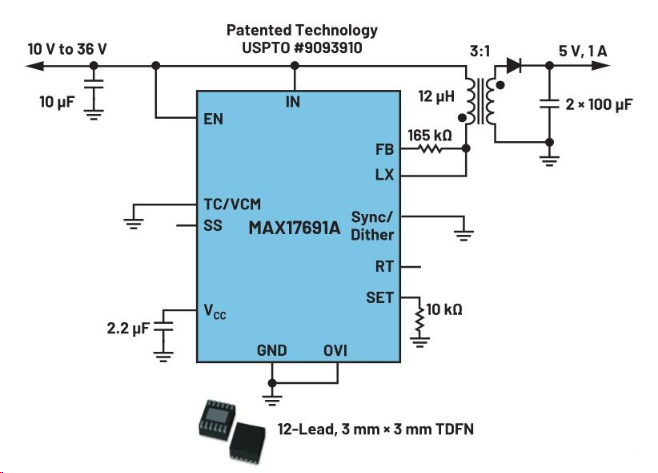
Figure 10. Highly integrated no-opto flyback solution.
Both the MAX17690 and MAX17691 achieve very good output voltage regulation. Figure 11 shows their performance over different temperature, line, and load conditions.

Figure 11. MAX17690/MAX17691 output voltage regulation. A new benchmark!
Conclusion
Device and board space are shrinking, making traditional large-scale isolated DC-DC converters that use optocouplers to build feedback loops less practical. As an added obstacle, optocoupler performance varies with temperature and degrades over time. The no-opto flyback topology is simpler and requires fewer external components, making it a better choice. Innovative improvements in design techniques have significantly improved output voltage regulation, making no-opto flyback DC-DC converters practical and the right choice for isolated power applications.
Share our interesting knowledge and stories on social media









